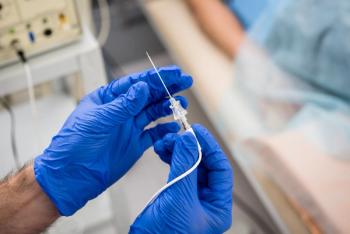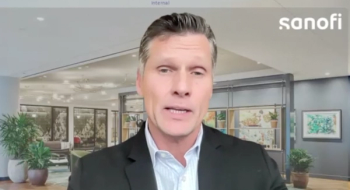
3.3% Annual Reduction of PrEP Coverage Would Result in Thousands of HIV Infections, Cost Billions
A decline in PrEP coverage could reverse HIV prevention gains, causing tens of thousands of preventable infections and billions in added healthcare costs, a new JAMA Network Open study finds.
A 3.3% annual reduction in preexposure prophylaxis (PrEP) coverage over 10 years would result in 8,618 preventable HIV infections and cost $3.6 billion in lifetime medical costs, according to a study
“Our cost estimates are conservative, in that the costs included in our calculations only address the lifetime medical costs of those people who are estimated to acquire new HIV infections because of less PrEP coverage,” corresponding author Patrick S. Sullivan, DVM, Ph.D., Department of Epidemiology, Emory University, and his colleagues write in the study. “We do not include the costs of secondary HIV infections that would likely occur from individuals acquiring HIV in our model in the interval between their HIV infection and their diagnosis and effective treatment. Including such onward transmissions would significantly increase our estimates of costs associated with failing to sustain current support for PrEP programs.”
For this economic evaluation, Sullivan and his colleagues used their
From 2012 to 2022, average PrEP access across the United States increased by approximately 26%.
In the current study, original estimates were applied to three possible future scenarios for PrEP coverage:
- a 3.3% annual decrease in PrEP coverage, reversing the average growth of the past decade
- a 2% annual decrease in PrEP coverage
- a 10% annual decrease in PrEP coverage
A 2% reduction would result in 5,226 new infections over a decade and cost at least, approximately, $2.2 billion.
A 10% reduction in PrEP coverage would result in 26,873 HIV infections over a decade and cost at least approximately $11.3 billion.
In 2012, there were 9,565 PrEP users in the United States. Since 2022, which was the end of the original study, there have been approximately 38,000 new HIV infections diagnosed in the United States.
Although there is still no HIV vaccine, PrEP can reduce the risk of HIV by 99% when taken as prescribed. There are currently two types of FDA-approved PrEP: oral pills and long-acting injectables.
PrEP use is strongly influenced by insurance access. Uptake is
The passing of the Big Beautiful Bill Act in July 2025 is projected to cut approximately
This could greatly impact PrEP adherence and coverage, specifically because public insurance programs have supported the medical costs of nearly 20% of PrEP users, the study says.
Further cuts to Centers for Disease Control HIV programs, National Institutes of Health HIV research during the same period, and cuts to nearly all global prevention funding, including to USAID, have sparked worry among HIV and PrEP advocates.
“We are in a time of increasing PrEP choices and declining new HIV diagnoses in the US; any obstacles to sustained HIV prevention services, including access to HIV screening and PrEP, will burden our country by future increases in health and financial costs,” Sullivan and his colleagues write.
Newsletter
Get the latest industry news, event updates, and more from Managed healthcare Executive.




















































